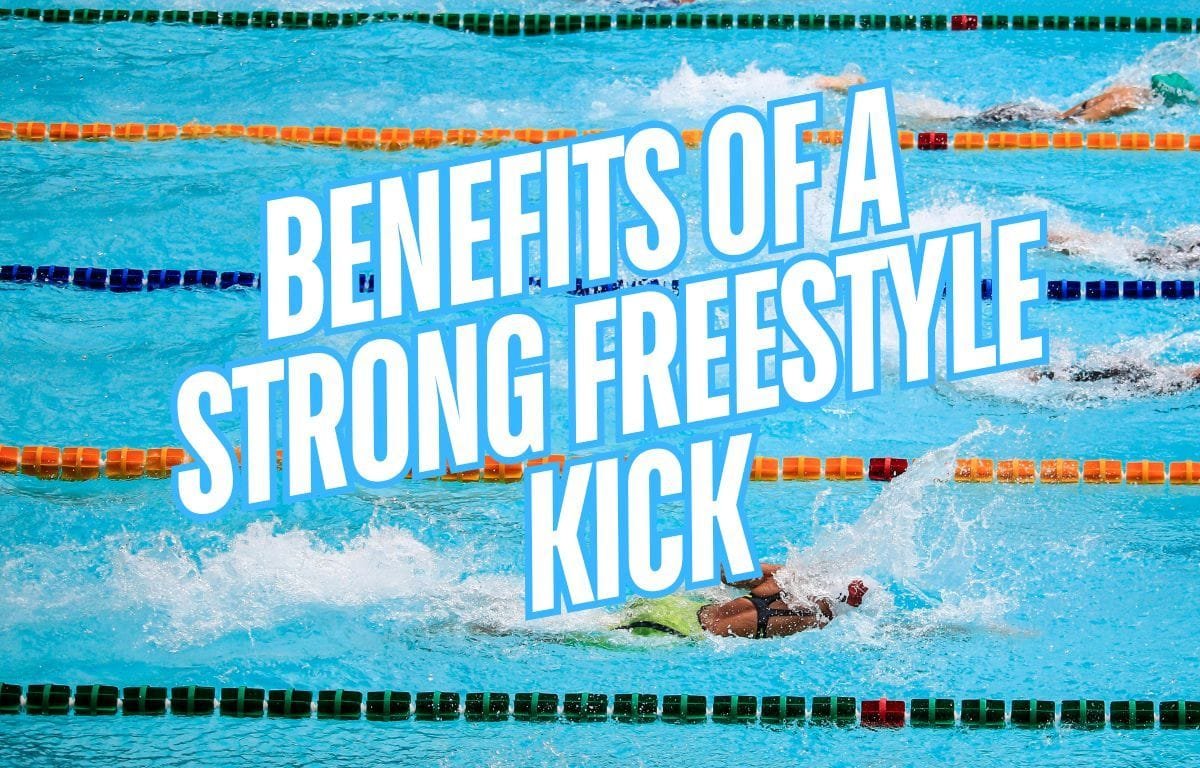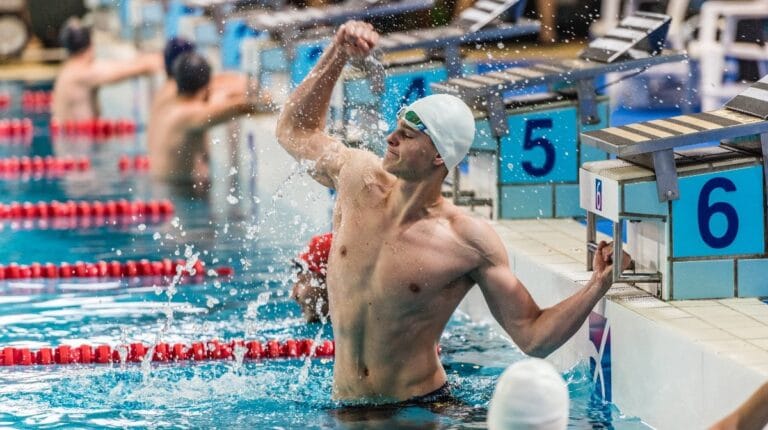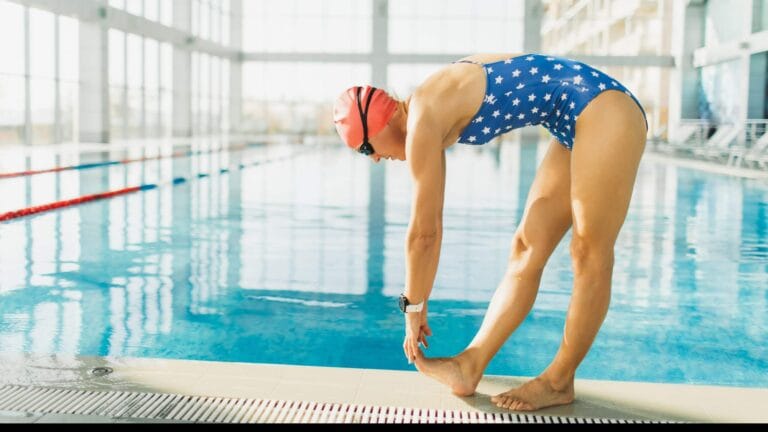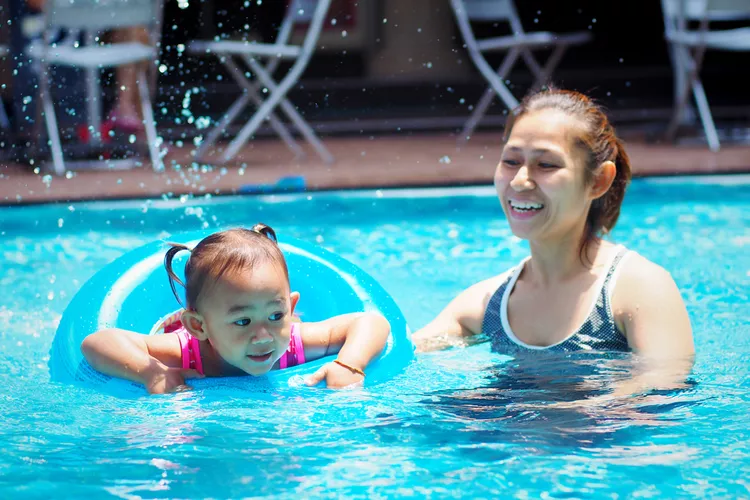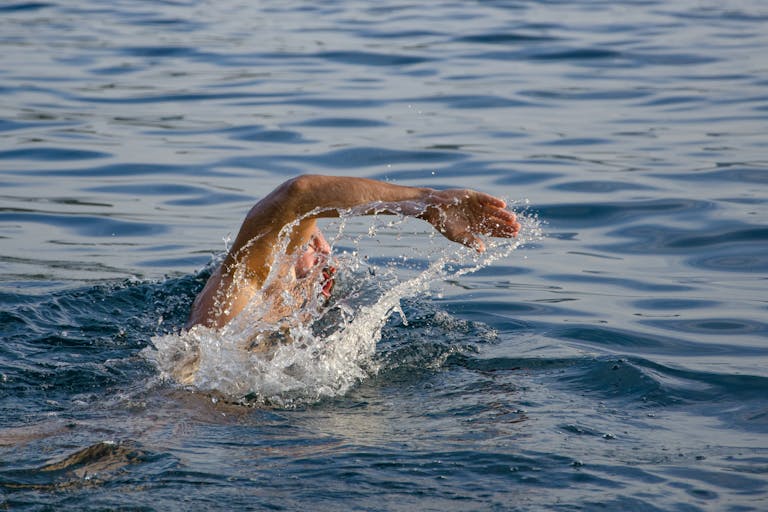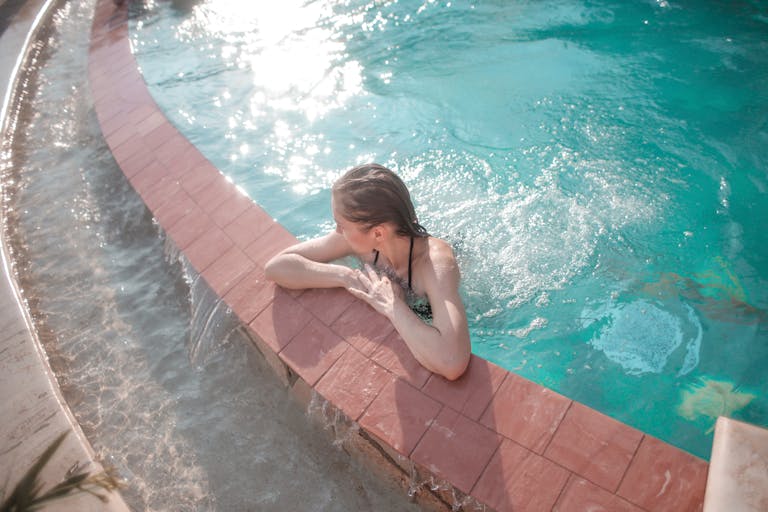Are you underestimating the impact of your freestyle kick? While many swimmers concentrate on their arm pull, neglecting kick technique can hold you back from reaching your full potential. A powerful and efficient freestyle kick is more than just an elite swimmer’s edge — it’s a game-changer for swimmers of all levels.
Mastering your freestyle kick helps you swim faster, improves body position, increases propulsion, and boosts your endurance. Most importantly, it supports a smoother, more powerful stroke and helps you finish strong in every race or training session.
In this article, we’ll explore why improving your freestyle kick should be a top priority in your swim training. Whether you’re a competitive swimmer or a fitness enthusiast, you’ll discover how targeted kick training can elevate your overall performance in the water.
Let’s dive in and unlock the full potential of your freestyle kick!
Why Swimmers Should Be Doing More Kick
The benefits of training the freestyle kick include:
- Increased speed
- Better body position
- Coupling Power
- Improved Body rotation
- Increased distance per stroke
- Essential for gallop freestyle
- Sustain good technique
- Finish races strong
Next, we will examine each in detail and offer some actionable suggestions for how swimmers can maximize the benefits of a stronger freestyle kick.
1. Increased speed
Developing a stronger freestyle kick is worth the effort because it will make you a faster swimmer.
That simple.
How much faster?
The legs provide a significant amount of propulsion in the water, between approximately 10-30% of total swim speed, according to several studies (Morouço et al., 2015; Deschodt et al., 1999).
By putting in the reps and sets workout on developing a stronger freestyle kick, you maximize speed without over-relying on the upper body.

2. Better body position
A steady freestyle kick keeps your hips high and your body in a streamlined, horizontal position.
Staggered, stuttering kicks tend to “scissor” the body out of position, increasing unnecessary drag and reducing swim efficiency.
By training the freestyle kick, you maintain a killer body position and glide smoothly through the water.
3. Coupling power
One of the less talked about benefits of a strong freestyle kick is that it sets you up for a knockout-power arm stroke.
By synchronizing a strong downbeat of the kick with the overhead rotation of the shoulder and arm, swimmers create a powerful coupling motion that sends them hurtling forward.
Training your freestyle kick makes each one of your strokes more powerful, generating even more speed when swimming.
4. Improved body rotation
Fast freestyle swimming requires a smooth, consistent body rotation, both in the hips and in the shoulders. The freestyle kick initiates a lot of these movements, allowing for a longer and more fluid arm stroke.
A steady freestyle kick helps you rotate smoothly from side to side, helping you get the most from each stroke and limiting “flat” hips and shoulders which can quickly lead to a host of freestyle stroke errors like poor hand entry and dropped elbow during the catch.
5. Increased distance per stroke
Swimmers are always keen to swim more efficiently, as it helps them conserve energy and swim longer. Efficiency requires being relentlessly focused on improving distance per stroke.
Training a strong freestyle kick can help here, too, by helping swimmers kick through the hand entry without slowing down.
Imagine your hand entering the water at the top of the stroke, fingers briefly pointing at the far wall (or bulkhead), and the power from your kick gliding you ever so slightly further before the hand sinks into the catch.
By working on your freestyle kick, you’ll discover that it lengthens out your stroke.
6. Essential for gallop freestyle
For swimmers with a gallop freestyle, where one stroke is more shoulder-driven and the other is hip-driven, causing a gap in propulsion, a strong kick is vital to maintain speed and acceleration.
A soft or slow kick while doing gallop freestyle will cause propulsion to become very herky-jerky and inefficient.
Swimmers like Ian Thorpe, Michael Phelps, and Jason Lezak (who swam a 46.06 100m freestyle leg at the Beijing Olympics using a fairly hefty gallop) use a gallop stroke in combination with thunderous freestyle kicks.

7. Sustain good technique
When fatigue inevitably sets in, either in competition or during a particularly hellish main set, a well-conditioned freestyle kick is the glue that holds your technique together.
We’ve all experienced the fatigue that comes from exhausted or poorly-conditioned legs.
The stroke shortens (also known as “T-Rex’ing”), legs sink, technique goes bye-bye, and speed crashes.
By building strong legs and a powerful kick, swimmers can delay this collapse of form, allowing swimmers to keep motoring along with superios technique.
8. Finish races strong
Want to demoralize your competition? Overtake a slower swimmer? Or pull away on the final 50m of the 1500m freestyle Olympic final like you are Bobby Finke in Tokyo (and Paris)?
Build a stronger freestyle kick.
A powerful kick is a way to accelerate at key moments in competition (and training when going head-to-head with a teammate ?), giving you a crucial edge and allowing you to take control.
Instead of your legs petering out, feeling like someone tied cinder blocks to your ankles, a rooster-tail of white water follows you down the pool as you charge towards glory.
Work that kick, and that kick will be there when you need it to finish races like a boss.
How do I improve my freestyle kick?
Swimmers can improve their freestyle kick by focusing on ankle flexibility, doing specialized kick sets, implementing resisted kicking, and using efficient kick technique.
While there are plenty of dryland exercises you can do for general lower body strength and fitness, nothing beats logging the yards on a kickboard.
What swim gear should I use to build a strong kick?
The most important tools for a more powerful kick include a kickboard and swim fins.
Kickboards isolate the lower body so that you can focus exclusively on proper kick technique, and swim training fins increase awareness of both phases of the kick and are awesome for strength development.
More specialized power development tools like resistance tubing (e.g. StretchCordz) or DragSox are essential for resisted kicking.
A swimmer’s snorkel is also a great option as it can be used to ditch the kickboard and perform kick sets with your arms at the side, in a streamline, or with one arm extended, better simulating body position when swimming.
Wrapping Things Up
From increased swimming speeds to finishing your races like an absolute champion, a stronger freestyle kick can be the sticky swim cap—err—glue, that sticks everything together for you in the water.
Add some kick sets to your swim workouts, kick mindfully, throw in some resisted kicking, and take your kicking and your swimming to new heights.
Read more:
5 Best Swim Goggles of 2025: Swimming Coaches’ Top Picks for Clear Vision and Comfort
